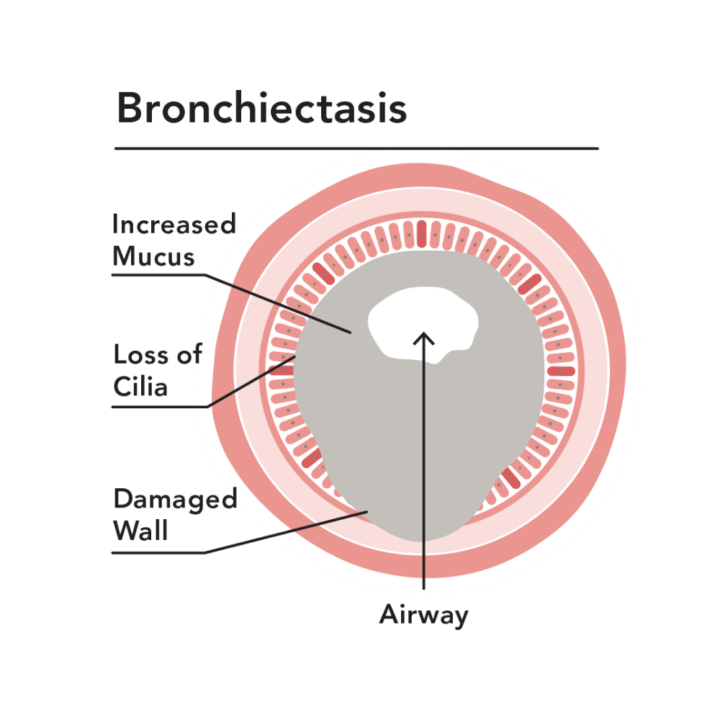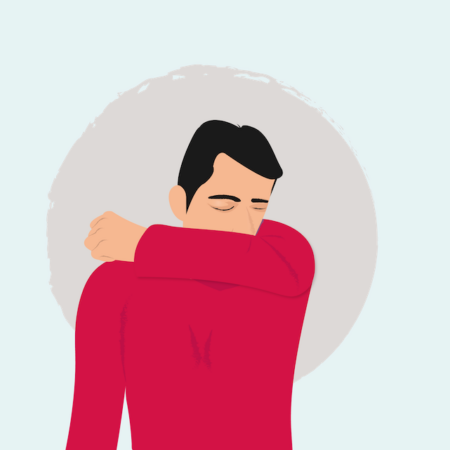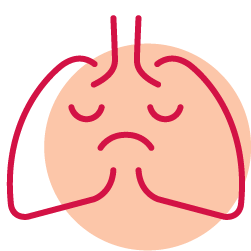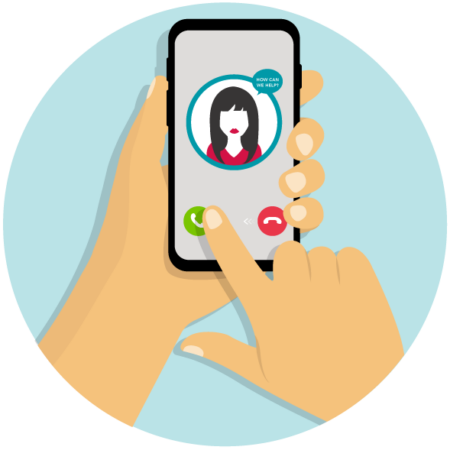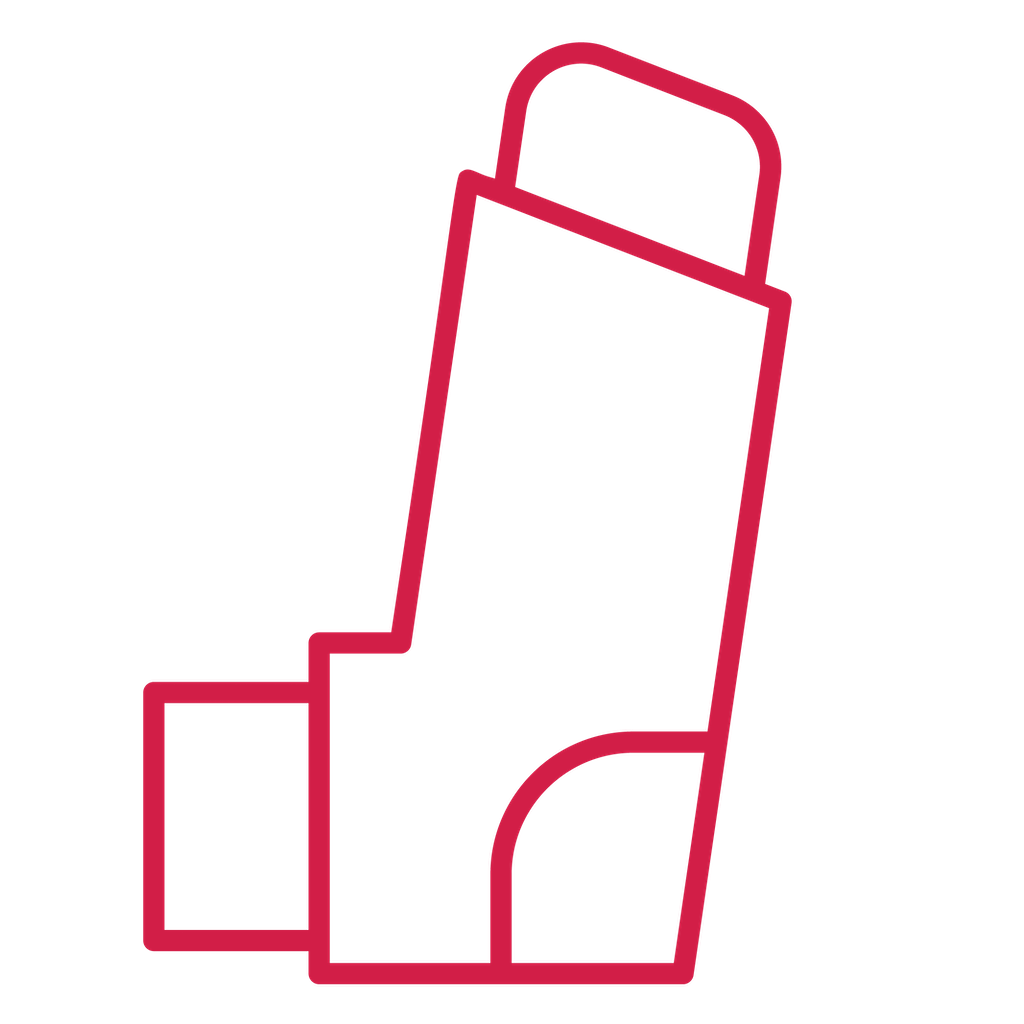This website uses cookies so that we can provide you with the best user experience possible. Cookie information is stored in your browser and performs functions such as recognizing you when you return to our website and helping our team to understand which sections of the website you find most interesting and useful. View Electromed's Notice of Privacy here.
In addition to Electromed’s Notice of Privacy, CA residents have the following rights under CCPA
- The right to opt out of having their data sold to third parties. Electromed does not sell any information we may collect.
- The right to request their data be deleted.
- The right to equal services and price. (i.e. cannot be discriminated against based on their choice to exercise their rights).
If you are a California resident and you want to submit a request or inquiry to us regarding your California rights, you or your authorized agent can contact us at info@electromed.com or write a letter to Electromed, Inc. 500 Sixth Ave NW, New Prague MN 56071. Please indicate in the subject line that you are a California resident making a “California Shine the Light” inquiry.
